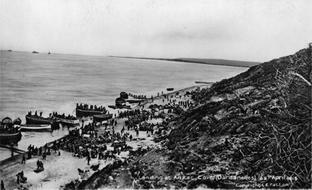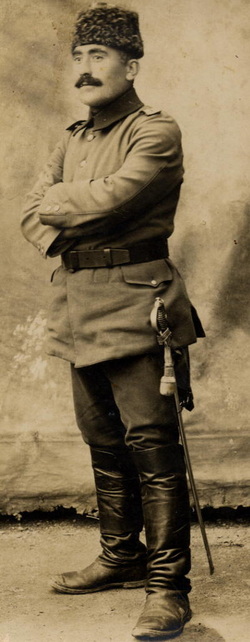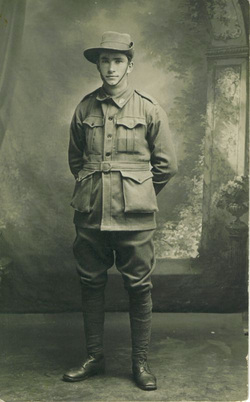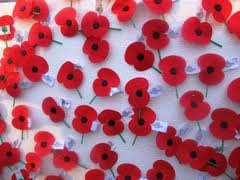Gallipoli's location
Gallipoli is on the coast of Turkey. Gallipoli is also known as Gelibolu (the Turkish name).
Gallipoli
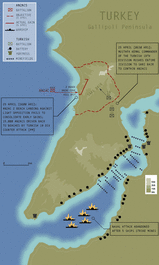
The Anzacs attacked Gallipoli on 25 of April 1915. First they had to get through...
14 big guns
2 anti-submarine nets
15 Turkish forts
and 11 minefields
I think this attack is suicide because the turks had so many men. The Anzacs were completely out numbered.
The trip to Gallipoli took about half a year because they stopped in Egypt for training.
When they arrived the turks were more than prepared. The Anzacs lost 600 to 700
men on the first day of attack.
14 big guns
2 anti-submarine nets
15 Turkish forts
and 11 minefields
I think this attack is suicide because the turks had so many men. The Anzacs were completely out numbered.
The trip to Gallipoli took about half a year because they stopped in Egypt for training.
When they arrived the turks were more than prepared. The Anzacs lost 600 to 700
men on the first day of attack.
Opposing the Allies was the Turkish 5th Army commanded by General Otto Liman von Sanders, the German advisor to the Ottoman army. Hamilton's plan called for landings at Cape Helles, near the tip of the peninsula, with the Anzacs landing further up the Aegean coast just north of Gaba Tepe. While the 29th Division was to advance north to take the forts along the straits, the Anzacs were to cut across the peninsula to prevent the retreat or reinforcement of the Turkish defenders. The first landings began on April 25, 1915, and were badly mismanaged.
The Trenches
After landing the Anzacs had to dig trenches as fast as they could. They had to dig
trenches for cover and shelter from bombs and bullets.
trenches for cover and shelter from bombs and bullets.
Uniforms
The turks wore a greenish-khaki uniform with boots and a hat. The hat was originally
a turban but then became a cloth wrapped around a straw frame work.
a turban but then became a cloth wrapped around a straw frame work.
The Anzacs wore a camo coat, boots and a camo hat.
Rare footage from the battle of Gallipoli.
Sari Bair
The main operation started on 6 August with a fresh landing 5 miles (8.0 km) north of Anzac at Suvla Bay in conjunction with the Australian and New Zealand Army Corps mounting an attack north into the rugged country alongside the Sari Bair range with the aim of capturing the high ground and linking with the Suvla landing. At Helles, the British and French were now to remain largely on the defensive. The Suvla landing was to be made by the British IX Corps, under the command of the aged Lieutenant-General Sir Frederick Stopford who had retired in 1909 and had never commanded men in battle. His appointment was made based solely on seniority but his hesitancy during the preparations for the landing should have warned Hamilton that he was not a fit choice for the command.
Anzac day celebrations
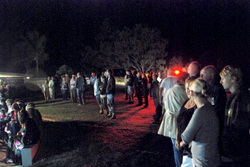
Anzac day celebrations happen all over New Zealand and
Australia. People lay reefs on monuments and the Anzac
poppy.
Australia. People lay reefs on monuments and the Anzac
poppy.
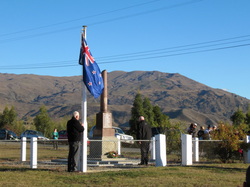
Bannockburn Anzac day 2011 celebration which I attended this year.
Anzac poppy
The red poppy has become a symbol of war remembrance. People in many countries wear the poppy to remember those who died in war or who still serve. In many countries, the poppy is worn around Armistice Day (11 November), but in New Zealand it is most commonly seen around Anzac Day (25 april ).
The last Anzac
The last Anzac died on May the 5th 2011 at age 110. His name was Claude Choules and he served in world war one and two!
To conclude....
This attack was a dumb idea because the turks were way more prepared than the Anzacs. Plus the turks had alot more troops than we did.
